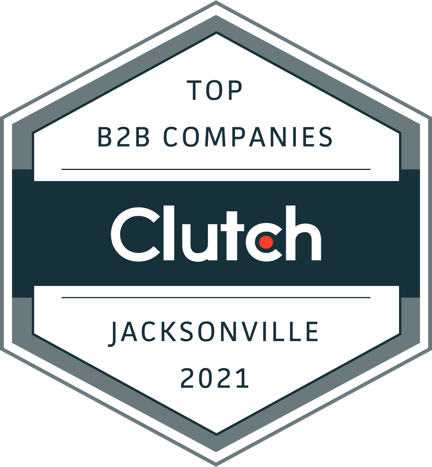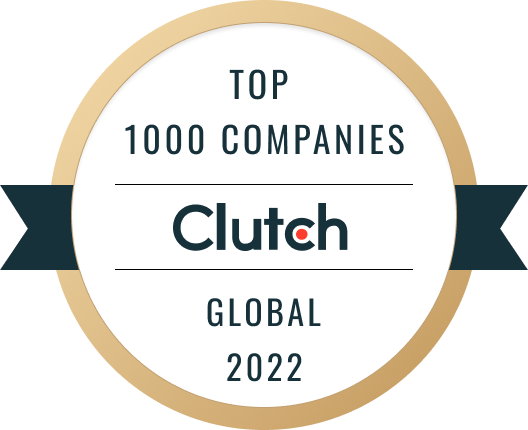Facebook advertising has grown substantially in the last few years, both in terms of daily users and associated controversy over personal data protection. Ongoing debates on user data protections notwithstanding, one thing is clear – advertising on Facebook works.
While it’s commonly believed that Facebook advertising came about as a way for the company to make more money, the reality is far more interesting. Advertising has been an integral part of the platform since its inception. Starting with Facebook Flyers, which were utilized across college campuses and adjacent communities to advertise upcoming social functions (and the occasional party), advertising has consistently grown on the site, especially when it comes to targeting features and effectiveness.
Today, every business regardless of size, sector, or objective can effectively advertise to and connect with a targeted portion of Facebook’s vast user base for a fraction of the costs of traditional advertising methods. So, what’s all the hype about?
Facebook Advertising: Does It Really Work for Businesses?

Yes! In most cases, Facebook advertising provides a high return on investment for businesses and professionals. Marketing on social media platforms is uniquely powerful, especially when it comes to advertising on Facebook.
Instead of paying for a search engine ad to help customers find a business, Facebook ads allow businesses to effectively market to customers that fall within their specific market, thanks to a robust set of audience targeting features. This intentional and highly-targeted form of advertising is made possible by the vast amounts of personal data and information that Facebook users willingly share throughout the platform, which in turn allows businesses to find new potential leads with ease.
What Makes Facebook Advertising So Powerful?
Outside of the abundance of user data that enables strong audience targeting features, Facebook advertising is made especially potent thanks to the site’s global user base. With over 1.5 billion members around the globe and 22% of adults worldwide actively using the site, Facebook presents a unique opportunity for even the smallest of businesses to reach international customers. In other words, advertising on Facebook provides businesses with the epitome of a modern marketing campaign, which allows for products and services to be introduced to a truly global audience on a shoestring budget.
Better yet, the fact that Facebook users willingly share detailed information about their personal preferences on the site allows marketing teams to take advantage of a unique set of targeting features, ensuring that a brand’s message can get in front of the correct people every time. This trend pairs up with a cost-per-click average of only $1.72 across all industries, with some sectors like travel and real estate paying only 70 cents or less per click, to create the most affordable-yet-effective advertising opportunities the business world has ever seen.
Paying less than a dollar per customer interaction is undoubtedly one of the best deals available in targeted marketing today and has the potential to pay huge dividends with unsurpassed returns on investment for tech-savvy marketing teams.
Creating a Successful Facebook Ad Campaign
For those businesses looking to expand their marketing plan into the world of Facebook advertising, there are a few crucial aspects that must be addressed within your marketing plan. For one, starting with a well-defined objective for the overall campaign will help to guide advertising efforts. After all, with an advertising tool as target-specific as Facebook Ads, it’s essential to have a firm idea of exactly what your marketing goals are.

Defining an audience segmentation, which is the group of ideal Facebook users that make up your intended target market, allows for your marketing campaign to reach the group of Facebook users that would benefit the most from being introduced to your product or service. From here, businesses and professionals should get familiar with the Facebook Ad Auction process, which is very similar to the pricing scheme used by Google Ads.
Instead of paying for individual ad placements, you pay for the estimated cost-per-thousand impressions of an advertisement (or eCPM). When considering placing an ad, keep the potential eCPM in mind as this is a large part of how Facebook calculates the maximum bid price for each advertisement agreement.
The auction process may seem complicated, but pricing becomes far more intuitive once a company has started advertising on Facebook. Believe it or not, one thousand impressions on the platform typically average around $7.29 for those advertising, which is a great value. This is especially true when one compares Facebook advertising to more traditional and expensive forms of marketing, such as television commercials or roadside billboards.
Facebook Advertising – The Best Deal in Digital Marketing Today
In general, it can be said that advertising on Facebook is one of the best values to be found in digital marketing today. The ability to reach millions of individuals around the world with highly-targeted ads helps to ensure that any business, regardless of size or product, can quickly and accurately reach individuals who would be interested in adopting your brand.
If you haven’t started to adopt Facebook marketing, it’s strongly encouraged to develop a digital marketing plan with Facebook Ads today. As we continue to become increasingly intertwined and dependent on social media giants like Facebook, advertising will present great value for businesses that are willing to adopt new tech-savvy marketing techniques.
In fact, media outlets like Forbes have been reporting on the death of traditional advertising in recent years. If such predictions hold, then shifting your marketing focus towards digital marketing avenues like Facebook advertising not only presents great value but will be a critical aspect of keeping your marketing plan relevant.
Other related topics:
How to Create Facebook Ads that Convert
Guide to Creating the Perfect Facebook Business Page in 8 Simple Steps
Our Awards













